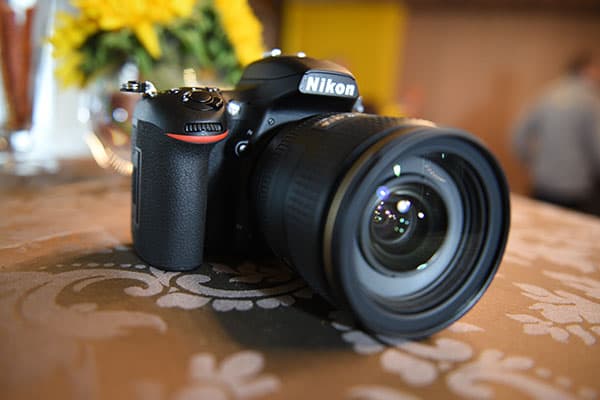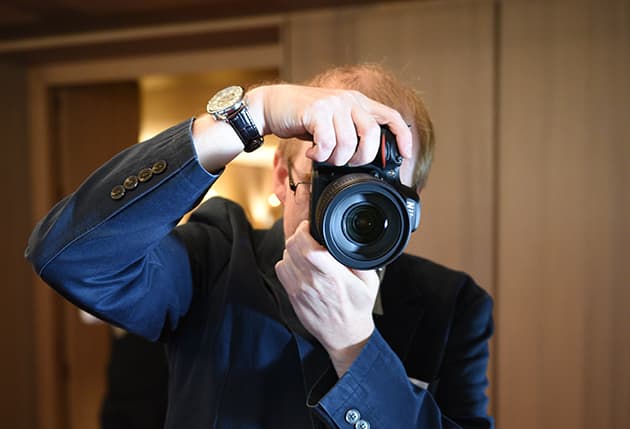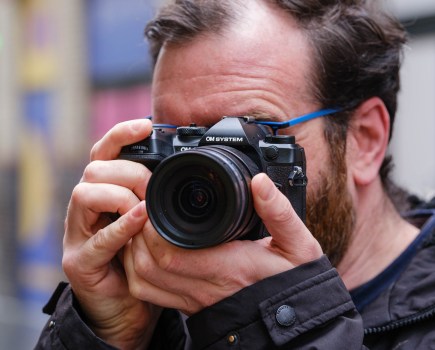1. It’s the first full-frame Nikon camera with a tilting screen

Some consider it a small thing, but it’s not until you use a tilting LCD that you really appreciate how useful they can be – how much more creative you can be when you can use Live View no matter what angle you’re holding the camera at.
The Nikon D750 brings this versatility to full-frame, and for our money it’s about time.
2. It’s also the first full-frame Nikon camera with built-in Wi-fi

Being honest, Nikon has been a bit slack with Wi-fi in the past. While other manufacturers have been making great strides with integrating Wi-fi connectivity and functionality into their cameras – Sony’s excellent work with its PlayMemories app springs to mind – too many Nikon cameras in the past have insisted you drop an extra £45 or so on a Wi-fi adapter.
Thankfully, with the D750 it looks all built in and ready to go. Transferring pictures to a smartphone and remote shutter control are both easy, quick and – importantly – free.
3. It’s got a newly developed sensor

Twenty-four-million pixels is always welcome, but Nikon has put a little extra effort into this new sensor. We’re promised not only generous dynamic range, but also clean performance across the whole range of sensitivities – extendable up to ISO 51,200.
4. It adds power aperture for video recording

Nikon didn’t make a big fuss about it when announcing the D750, but if you’re a video shooter then the addition of power aperture to video recording is actually quite a big deal.
Power aperture is, essentially, smoother aperture adjustment. Rather than changing the aperture in 1/3 steps as is usual, power aperture will alter it in 1/8 steps, creating a much smoother effect. This means the camera can handle changes in exposure caused by changing lighting conditions much more smoothly, which in turn makes for a smoother transition in video.
It may sound a small thing, but you’d be surprised what a difference it can make to making a video feel more professional. Having the aperture actually adjust in live view is a big help too.
5. It purloins its AF unit from the D810

The Nikon D750 borrows a fair bit from the recent D810, which is frankly no bad thing. One of the most welcome features to make the transfer from the D810 to the D750 is its Multi-Cam AF unit.
A fair few Nikon cameras have relied on a 39-point AF system, but for the D750 we get a glorious 51 AF points to play with. There’s also the D810’s Group Area AF mode, allowing you to select a specific cluster with a central point.
6. It’s got smooth, better 60p video

Nikon has made a real effort to win over video shooters with this one, and it shows. The Nikon D750 is one of the few full-frame Nikon cameras to offer 60p movie recording (that’s 60 frames per second without interlacing), and the firm says the footage with have ‘markedly reduced noise, moiré, and false colour’.
7. It’s got improved sound control

Decent quality footage is all very well, but any videographer knows it’s worth nothing without good sound to match. That’s why we like the look of the improved audio control in the D750. You can use the audio out to fine-tune your audio levels in isolation and make fine-tuning adjustments during recording.
For more on the Nikon D750, check out our first impressions in the Nikon D750 Hands-on Review







